Ten years ago, we couldn't have imagined how tools like machine learning, eDNA, and satellites would advance and transform conservation work. Now technology is advancing faster than ever, and as tools become smaller, lighter, and more affordable, it's vital to have a space where community members can discuss the next big thing, share ideas, compare tool options, and tell the story of their experiences - positive, negative, and anything in between - while using new technologies.
In 2021, the WILDLABS State of Conservation Tech report detailed what tools show the most promise according to community members, as well as what tools are currently seen as the most effective. And as new tools enter the field, we're excited to see how this data will change over time, and how this group grows over time as well.
Our State of Conservation Tech research also discusses something called the "Hype Cycle" - the pattern that occurs when a new technology bursts onto the scene, promises to be an exciting solution, encounters challenges as new users adopt the tool and put it into practice beyond just theory, and eventually settles into its most effective state as users acquire the right skills to use it to its actual potential. Machine learning, one of the most promising technologies, is currently in the middle of its own hype cycle, and we see community members working through their own hurdles to incorporate ML into their work effectively. Despite what you may think, this Hype Cycle can also be positive for tech development, as it means that users have big ideas for new tools, and with the right resources and skills, they can work toward bringing those ideas to life. And as our community members experiences the Hype Cycle for various tools at their own paces, we hope this group will also serve as a place to discuss that process and overcome hurdles together.
Ready to discover new possibilities? Join our Emerging Tech group now and get to know your forward-thinking conservation tech peers!
Header photo: Internet of Elephants
I am the project coordinator of the Wildlife Forensic Fund. We help combat wildlife crime by funding the training of first responders to preserve evidence and take them to court successfully. We are eager to connect with wildlife forensics enthusiasts.
- 3 Resources
- 0 Discussions
- 4 Groups
A Wildlife Biologist interested in Environment Assessment and Restoration, In-situ and Ex-situ strategies, Technologies used in Conservation and Illegal Wildlife Trade.


- 0 Resources
- 16 Discussions
- 15 Groups
- @kenadyWilson
- | she/her
- 0 Resources
- 0 Discussions
- 8 Groups
I am the executive director of FishEye Collaborative, a non-profit developing underwater bioacoustic technologies and methods to grow our understanding of marine ecosystems.
- 0 Resources
- 0 Discussions
- 6 Groups
- 0 Resources
- 0 Discussions
- 6 Groups
- @bissembert
- | he/him
ReEarth AI
Tech guy, Ethicist, Vitalist and Wanderer


- 0 Resources
- 7 Discussions
- 6 Groups
- @stefan_istrate
- | he/him
Machine Learning Researcher & Nature Photographer. Building conservation tech for biodiversity monitoring at Wildlife Insights.


- 0 Resources
- 5 Discussions
- 9 Groups
- 0 Resources
- 0 Discussions
- 4 Groups
Welfare and Wildlife Conservation Data Scientist
- 0 Resources
- 0 Discussions
- 7 Groups
- @MattyD797
- | He/Him
PhD Student | Cornell University | Smithsonian Institution; My focus is in computational ecology within fishery acoustics


- 0 Resources
- 16 Discussions
- 12 Groups
- @JackEdney
- | He/Him
Machine Learning Engineer specialised in computer vision and a passion for conservation and rebuilding.
- 1 Resources
- 1 Discussions
- 5 Groups
- @Rewildman
- | He/Him
Eco-entrepreneur. Concerned with the fundamental interconnectedness of all things creative and environmental.
- 0 Resources
- 2 Discussions
- 8 Groups
Conservation International is proud to announce the launch of the Nature Tech for Biodiversity Sector Map, developed in partnership with the Nature Tech Collective!
1 April 2025
The FLIR ONE thermal camera is a compact and portable thermal imaging device capable of detecting heat signatures in diverse environments. This report explores its application in locating wild animals across large areas...
27 March 2025
We are hiring for a customer support / marketing specialist.
20 February 2025
Osa Conservation is launching our inaugural cohort of the ‘Susan Wojcicki Research Fellowship’ for 2025, worth up to $15,000 per awardee (award value dependent on project length and number of awards given each year)....
10 February 2025
Lake Nakuru National Park is one of the first rhino sanctuaries in Kenya where Artificial-Intelligence enabled Forward Looking Infrared (FLIR) camera systems were installed to help curb the escalating poaching of black...
8 February 2025
Are you interested in developing new 3D motion capture techniques to for measuring super fast wildlife like cheetahs? Are you interested in working with fusing exciting technologies such as event cameras, audio and...
3 February 2025
Key Conservation is seeking an experienced Software Developer to join our team.
28 January 2025
Conservationists use tools like drones, satellites, and camera traps to monitor ecosystems and scale their impact. But new challenges like transparency, funding gaps, and engagement remain. Web 3.0 technologies offer...
28 January 2025
Link
Professor Ed Mitchard, to discuss the role of remote sensing in forest conservation to monitor land-use change, estimate a forest carbon stock, detect forest fires, and report upon other key forest indicators.
1 November 2024
In this episode join Gilad Goren, as we discuss the state of nature tech around the world ranging from nature fintech to artificial intelligence and remote sensing. We also discuss the role of NatureTech in...
1 November 2024
The Marine Innovation Lab for Leading-edge Oceanography develops hardware and software to expand the ocean observing network and for the sustainable management of natural resources. For Fall 2025, we are actively...
6 October 2024
June 2025
event
event
July 2025
January 2025
October 2024
event
| Description | Activity | Replies | Groups | Updated |
|---|---|---|---|---|
| The European project Nature FIRST is hosting its final conference at Ouwehands Dierenpark in the Netherlands on 25–26 June 2025,... |
|
Community Base, Conservation Tech Training and Education, Data management and processing tools, Earth Observation 101 Community, Emerging Tech, Human-Wildlife Conflict, Protected Area Management Tools, Wildlife Crime | 5 hours 48 minutes ago | |
| Hi Nick,At Wildlife.ai, from the other side of the world, we would be happy to chat with you. PM if interested Victor |
|
AI for Conservation, Emerging Tech | 1 day 21 hours ago | |
| My name is Frank Short and I am a PhD Candidate at Boston University in Biological Anthropology. I am currently doing fieldwork in Indonesia using machine-learning powered passive... |
|
Acoustics, AI for Conservation, Animal Movement, Data management and processing tools, Early Career, Emerging Tech, Ethics of Conservation Tech, Protected Area Management Tools, Software Development | 2 weeks ago | |
| True, the US ecosystem is a challenging space right now, for basically all sectors. We should not let the US chaos prevent us from engaging with opportunities in other... |
|
AI for Conservation, Camera Traps, Connectivity, Drones, Emerging Tech, Ethics of Conservation Tech, Marine Conservation, Sensors | 1 month ago | |
| 15 years ago I had to rebuild the dams on a game reserve I was managing due to flood damage and neglect. How I wished there was an easier,... |
|
Drones, Conservation Tech Training and Education, Data management and processing tools, Emerging Tech, Geospatial, Open Source Solutions | 1 month 1 week ago | |
| Hi, we've gotten more than 20 replies until now so thank you if you took the time to answer.And we would really appreciate if you could spare a few minutes to answer if you haven'... |
|
Emerging Tech, Animal Movement, Build Your Own Data Logger Community | 1 month 1 week ago | |
| Reposting the original post from the GOSH Community:Cool news from the mothbox team! We still don’t have any funding, but our next big goal... |
|
Open Source Solutions, Emerging Tech, Funding and Finance | 1 month 2 weeks ago | |
| Hi Ryan, hmm, I had no idea there was a microphone named that. I thought about how it’s used to lure birds for netting, and I like Greek Mythology. I thought it was a perfect fit... |
|
Acoustics, Emerging Tech, Funding and Finance, Protected Area Management Tools, Software Development | 1 month 2 weeks ago | |
| Yep see you on friday |
+3
|
Geospatial, Acoustics, AI for Conservation, Camera Traps, Citizen Science, Community Base, Data management and processing tools, Emerging Tech, Open Source Solutions, Protected Area Management Tools | 1 month 3 weeks ago | |
| All sound, would be nice if there were only 5, though! |
|
AI for Conservation, Citizen Science, Data management and processing tools, Emerging Tech, Ethics of Conservation Tech, Funding and Finance, Geospatial, Open Source Solutions, Software Development | 1 month 4 weeks ago | |
| Hi, Thank you for your message I think there's some kind of application for this app not by itself by complementing technologies like NABIT, mentioned in an earlier comment.... |
|
Emerging Tech, Community Base | 1 month 4 weeks ago | |
| Hi Nikita, If you haven't already, I'd recommend reaching out to the folks at the Cornell Ornithology lab. They're really glued into all things bird. In particular, I... |
|
Animal Movement, Drones, Emerging Tech, Human-Wildlife Conflict | 2 months ago |
Underwater advertisement call of the threatened Telmatobius rubigo (Anura: Telmatobiidae
6 April 2024 9:56pm
Blind Spots in Conservation Tech Management in Remote Landscapes: Seeking Your Input
20 March 2024 10:51am
30 March 2024 3:57pm
Hi @Alasdair
Great to hear from you! Thanks for the comment and for those very useful links (very interesting). And for letting @Rob_Appleby know. I can't wait to hear from her.
Open source is my preference as well. And it's a good idea. But, already developing the tech in house is a step ahead from what would be the basic functional application of an organization that could manage the tech for a whole country/region.
I have witnessed sometime how tech have not added much to the efficiency of local teams but instead being an tool to promote the work of NGOs. And because of that then innovative technologies are not developed much further that a mere donation (from the local team's perspective). But for that tech to prove efficient, a lot more work on the field have to be done after. The help of people with expertise in the front line with lots of time to dedicate to the cause is essential (this proves too expensive for local NGOs and rarely this aspect is consider).
I imagine this is something that needs to come from the side closer to the donors and International NGOs. Ideally only equipment can be lend within a subscription model and not just donated without accountability on how that tech is use. Effectively the resources can be distributed strategically over many projects. Allowing to tech to be repurposed.
Sorry that I step down the technical talk, the thing is that sometimes the simplest things can make the most impact.
It would be good to know if any in the community that have spent considerable time working in conservation in remote regions, and have observed similar trends.
Thanks! Luciano
Announcing the WILDLABS Awards 2024 awardees!
26 March 2024 9:52am
15 April 2024 9:24am
22 November 2024 2:32pm
22 November 2024 2:34pm
How does behavior influence the use of technology for animal detection ?
22 March 2024 7:49pm
The Variety Hour: 2024 Lineup
22 March 2024 4:30pm
BirdWeather | PUC
27 October 2023 7:45pm
2 November 2023 9:20pm
I love the live-stream pin feature!
14 March 2024 10:29pm
Hi Tim, I just discovered your great little device and about to use it for the first time this weekend. Would love to be directly in touch since we are testing it out as an option to recommend to our clients :) Love that it includes Australian birds! Cheers Debbie
16 March 2024 10:47pm
Hi @timbirdweather I've now got them up and running and winding how I can provide feedback on species ID to improve the accuracy over time. It would be really powerful to have a confirmation capability when looking at the soundscape options to confirm which of the potential species it actually is or confirm it is neither to help develop the algorithms.
Also, is it possible to connect the PUC to a mobile hotspot to gather data for device that isn't close to wifi? And have it so that it can detect either wifi or hotspot when in range? Thanks!
movedesign: Shiny R app to evaluate sampling design for animal movement studies
13 March 2024 3:10pm
Here's what you missed at World Wildlife Day 2024
7 March 2024 9:02pm
15 March 2024 2:42pm
Watch Now: Scaling Innovation in Conservation, WILDLABS at World Wildlife Day 2024
7 March 2024 3:32pm
11 May 2024 9:05pm
International Day of Forest 2024 Webinar: Forest & Innovation
22 February 2024 2:00pm
Data Logger Suggestions
31 January 2024 1:42pm
10 February 2024 2:19am
Hi Andrea,
The OpenLog Artemis might be an option. I haven't used one of these yet, but its what I immediately thought of. Built in real time clock and IMU that records to microSD. It has four 14-bit ADCs and I2C connectors for the 'Qwiic' or 'grove' sensor boards. I'm not sure if it has programmable on/off cycles with the clock but you may find an existing project that does this.
SparkFun OpenLog Artemis
We have stock of a new OpenLog Artemis (without IMU) available now! Notice: Supply chain constraints have made the on-board ICM-20948 IMU very difficult to source. That said, we have a new version of the OpenLog Artemis available now with the IMU re
13 February 2024 4:29pm
Thank you for the help!
Computer Vision for Ecology Workshop 2025 Call for Applications
12 February 2024 9:29pm
Bio-Logging Science Symposium
9 February 2024 3:59pm
Rapid onsite DNA test identifies bushmeat at airport
6 February 2024 3:47pm
Passionate engineer offering funding and tech solutions pro-bono.
23 January 2024 12:06pm
26 January 2024 3:18pm
Hi Krasi! Greetings from Brazil!
That's a cool journey you've started! Congratulations. And I felt like theSearchLife resonates with the work I'm involved round here. In a nutshell, I live at the heart of the largest remaining of Atlantic forest in the planet - one of the most biodiverse biomes that exist. The subregion where I live is named after and bathed by the "Rio Sagrado" (Sacred River), a magnificent water body with a very rich cultural significance to the region (it has served as a safe zone for fleeing slaves). Well, the river and the entire bioregion is currently under the threat of a truly devastating railroad project which, to say the least is planned to cut through over 100 water springs!
In face of that the local community (myself included) has been mobilizing to raise awareness of the issue and hopefully stop this madness (fueled by strong international forces). One of the ways we've been fighting this is through the seeking of the recognition of the sacred river as an entity of legal rights, who can manifest itself in court, against such threats. And to illustrate what this would look like, I've been developing this AI (LLM) powered avatar for the river, which could maybe serve as its human-relatable voice. An existing prototype of such avatar is available here. It has been fine-tuned with over 20 scientific papers on the Sacred River watershed.
And right now myself and other are mobilizing to manifest the conditions/resources to develop a next version of the avatar, which would include remote sensing capacities so the avatar is directly connected to the river and can possibly write full scientific reports on its physical properties (i.e. water quality) and the surrounding biodiversity. In fact, myself and 3 other members of the WildLabs community have just applied to the WildLabs Grant program in order to accomplish that. Hopefully the results are positive.
Finally, it's worth mentioning that our mobilization around providing an expression medium for the river has been multimodal, including the creation of a shortfilm based on theatrical mobilizations we did during a fest dedicated to the river and its surrounding more-than-human communities. You can check that out here:
Let's chat if any of that catches your interest!
Cheers!
2 February 2024 1:22pm
Hi Danilo. you seem very passionate about this initiative which is a good start.
It is an interesting coincidence that I am starting another project for the coral reefs in the Philipines which also requires water analytics so I can probably work on both projects at the same time.
Let's that have a call and discuss, will send you a pm with my contact details
There is a tech glitch and I don't get email notifications from here.
Need advice - image management and tagging
12 January 2024 7:55pm
15 January 2024 8:47pm
Interesting, Iʻll give it a shot. Looks like this could save me some time.
Thanks for the explanation @wade!
24 January 2024 5:16pm
I have no familiarity with Lightroom, but the problem you describe seems like a pretty typical data storage and look up issue. This is the kind of problem that many software engineers deal with on a daily bases. In almost every circumstance this class of problem is solved using a database.
In fact, a potentially useful analysis is that the Lightroom database is not providing the feature set you need.
It seems likely that you are not looking for a software development project, and setting up you own DB would certainly require some effort, but if this is a serious issue for your work, you hope to scale your work up, or bring many other participants into your project, it might make sense to have an information system that better fits your needs.
There are many different databases out there optimized for different sorts of things. For this I might suggest taking a look at MongoDB with GridFS for a couple of reasons.
- It looks like you meta data is in JSON format. Many DBs are JSON compatible, but Mongo is JSON native. It is especially good at storing and retrieving JSON data. Its JSON search capabilities are excellent and easy to use. It looks like you could export your data directly from Lightroom into Mongo, so it might be pretty easy actually.
- Mongo with the GridFS package is an excellent repository for arbitrarily large image files.
- It is straightforward to make a Mongo database accessible via a website.
- They are open source (in a manner of speaking) and you can run it for free.
Disclaimer: I used to work for MongoDB. I don't anymore and I have no vested interest at all, but they make a great product that would really crush this whole class of problem.
25 January 2024 8:32am
Hi!
I would take a look at
Although developed for camera trap imagery, it is by no means restricted to such.
Cheers,
Lars
Ignite Labs: Space for Nature & Biodiversity Series
21 January 2024 2:46pm
New method for improving shape awareness in deep learning
11 January 2024 12:28am
Cutting edge plant conservation
9 January 2024 7:33am
9 January 2024 4:56pm
9 January 2024 7:10pm
Presentation opportunity: Text analysis for conservation (NACCB 2024)
8 January 2024 4:05pm
Apply to Beta test Instant Detect 2.0
11 May 2023 10:55am
21 December 2023 3:48am
Will you accept personal/hobbyist focused on conservation on their small plots of land (10-100 acres)?
I would, and know others, who would happily pay more than the official conservationists rate for the service, which could help to further subsidize the project. (Referring to your statement here: https://wildlabs.net/discussion/instant-detect-20-and-related-cost)
13th International Conference on Climate Informatics
18 December 2023 12:20pm
Call for Interview Subjects: Conservation Bioacoustics Methods
14 December 2023 8:47pm
15 December 2023 12:19pm
Happy to help Samuel, will send a message
15 December 2023 3:46pm
I'd love to!
16 December 2023 9:43am
Thank you Stefan! Will follow up with your email shortly.
Introducing the Inventory: The rise of the conservation tech wiki!
13 December 2023 5:51pm
Watch now - The State of Conservation Technology: 3 Year Trends
13 December 2023 5:25pm
Data Viz Inspo for the Holidays
11 December 2023 8:42pm
Autonomizing Small Mammal Traps
29 November 2023 6:26pm
1 December 2023 7:37pm
One thing to keep in mind is that researchers often want or at least would like to get certain metadata on the tagged animals like sex, size, weight, apperent fitness etc. Without these the questions you can ask can get rather limited. Also, it will also often be highly desired to take samples like blood, hair, other tissue e.g.
In addition, there can be cases where it may be better not to tag the animal if it is not the right age group, is too small to carry the tag, seems like it is not in a good shape etc.
I think it will take quite an effort to get automated systems (capture robots) to make these decisions to a degree you can trust.
Cheers,
Lars
9 December 2023 9:01pm
Thanks for the reply, Lars! I appreciate the input I am genuinely curious if there is a market for such a thing, all data is good data.
10 December 2023 2:30am
I always thought a tracker that attached like a slap bracelet would be sweet.
WILDLABS Awards 2024: Supporting accessible, affordable, and effective innovation for nature
1 December 2023 11:00am
Wishlist for kit in a field-based Research Station or tech testing space?
27 November 2023 10:41am
28 November 2023 3:25am
Regine Weckauf over on linkedin:
'Little to do with research and tech development, but given how hard it is to attract and retain experienced staff to field based positions, I know it makes a difference how nice the space is. Just because it's the "field", shouldn't mean staff living in basic conditions, regardless of how many times we've been told to see it as a badge of honor. If you have the money, put in nice bathrooms, kitchen, living spaces, and private accommodation. Maybe even a nursery? It creates more local employment opportunities and people genuinely want to visit.'
28 November 2023 2:25pm
Love the idea for in-house gear/supplies! It can be SOO difficult to travel with batteries, electronics parts with airline regs, country policies, etc. and shipping recorders/trail cams/etc. gets VERY (prohibitively) pricey in some countries with customs and taxes. Would be great to have an in-country place to source that kind of equipment.
Housing educational resources related to that tech (in the form of people, print materials, computer tutorials) in-house would be similarly awesome. Particularly/especially in local languages.
Having in-country wet labs as well helps the eDNA/genetics folks, since sample import/export permitting can be (always seems to be?!) a nightmare, so if you can even just do PCR and/or extractions in-country that helps a ton.
In terms of overall field-station-wishlist - honestly, just the promise of continued funding and staff. Every field station I've been to or worked at is in a constant search for enough money to get through the next month/year, because the funding comes in the establish a station but then not to maintain it long-term. It's not sexy for a wishlist per se, but boy is it over-looked and much-needed.
@hikinghack from Dinalab would probably have lots of good insights on this!
29 November 2023 7:59pm
My suggestion would probably be a 3D printer and Solder Station with a stock of common components. With those two things you can solve most problems.





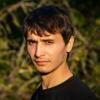


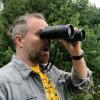

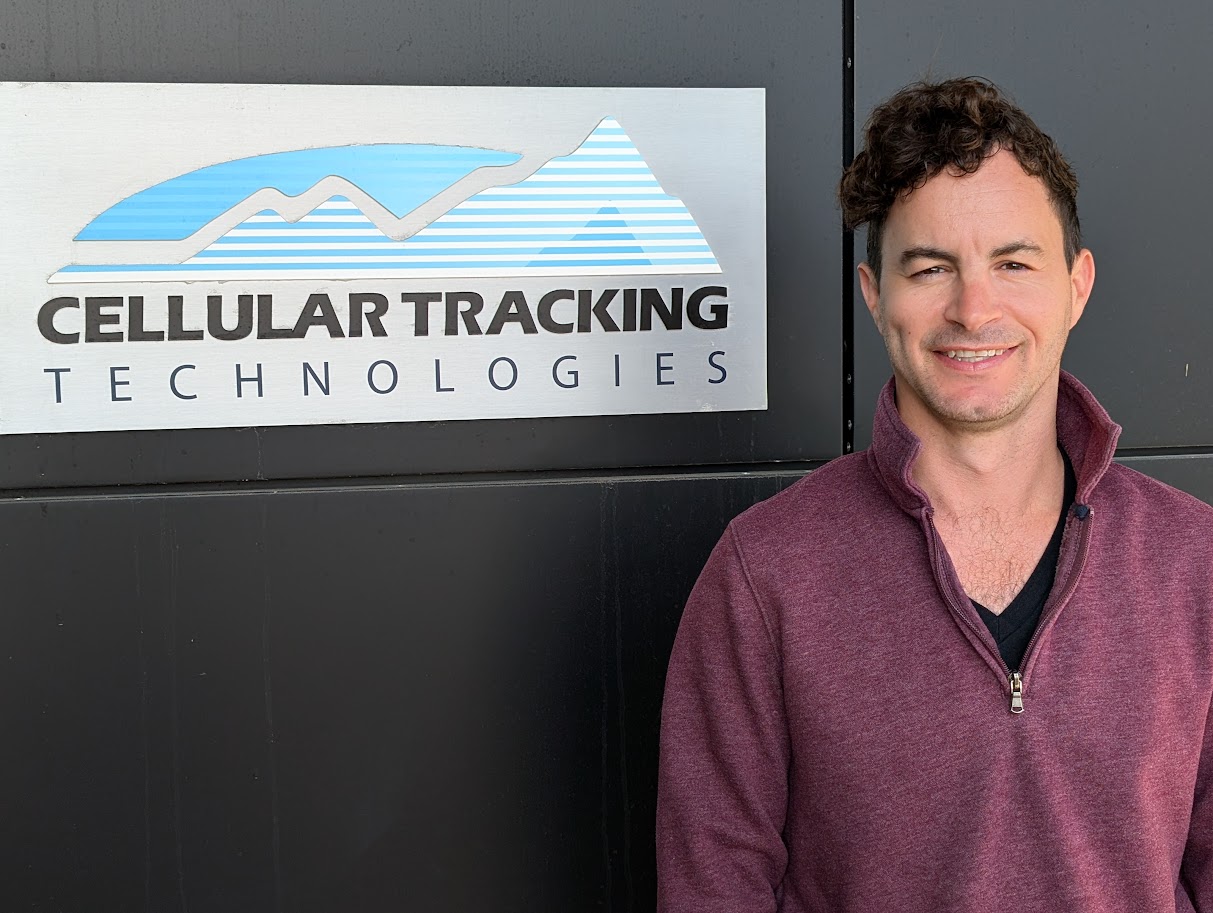
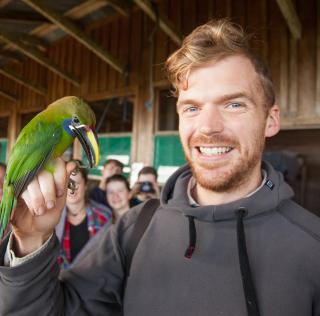


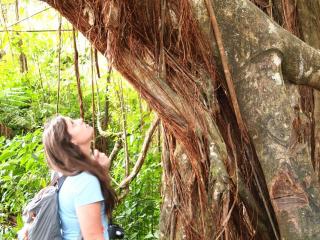











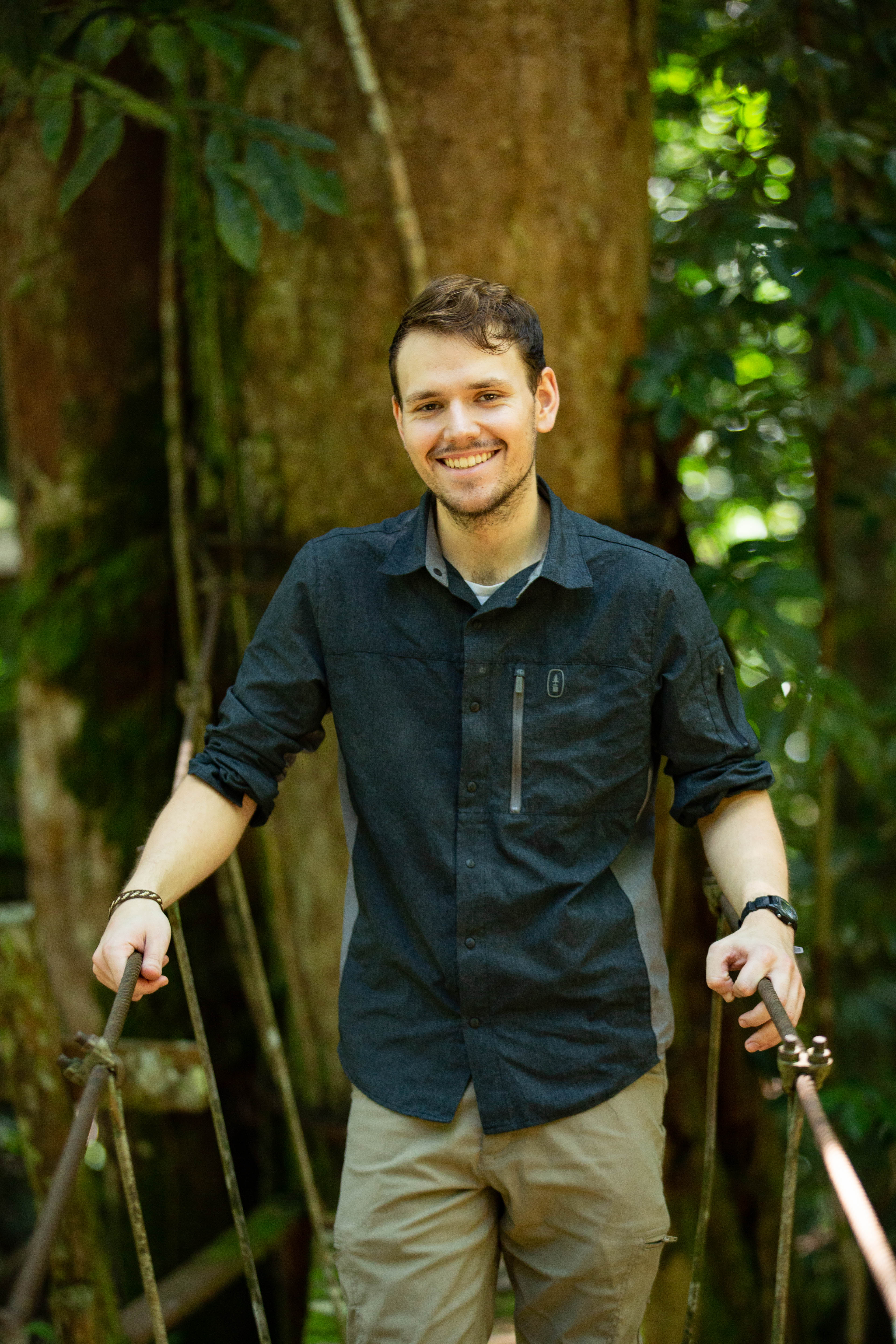





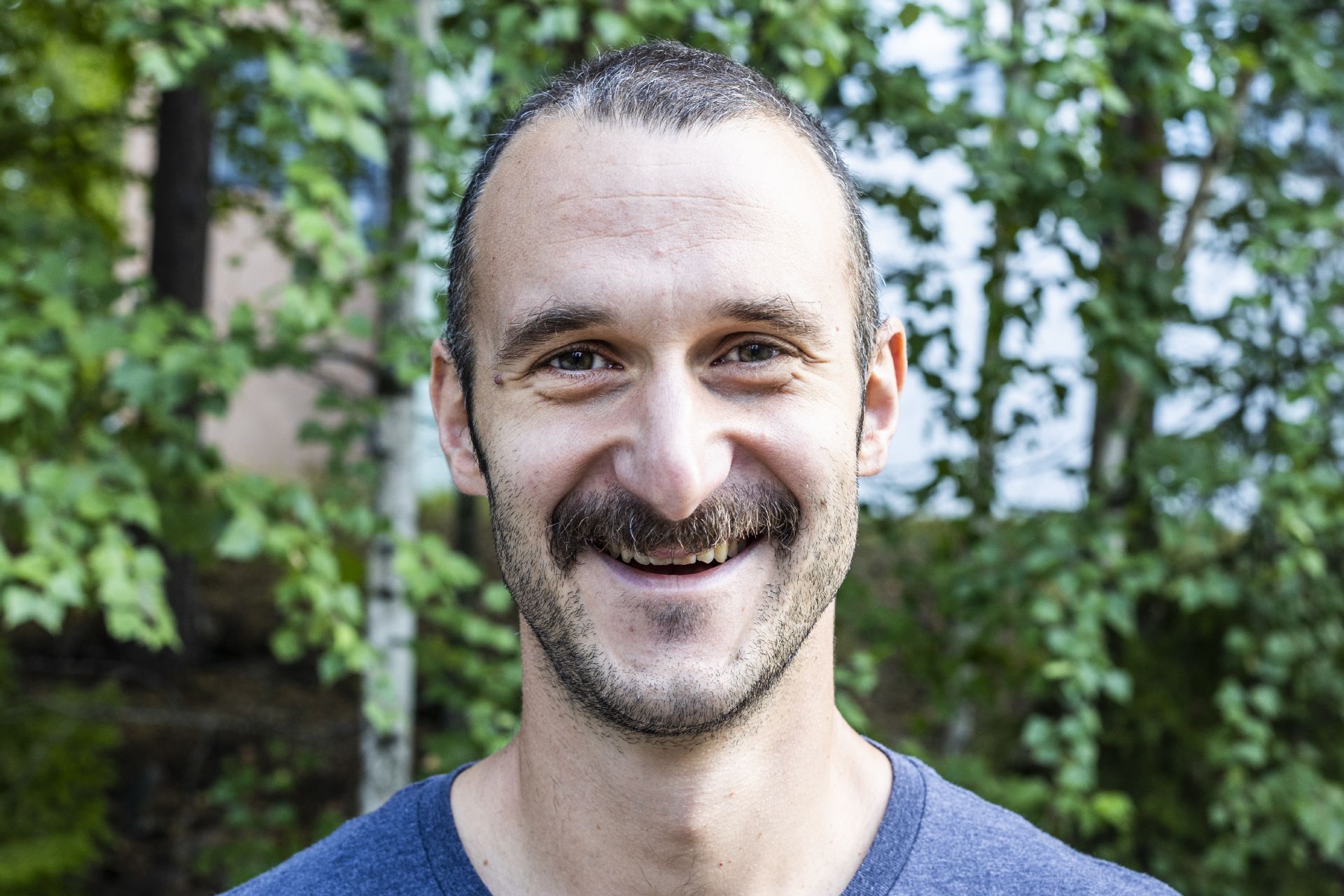

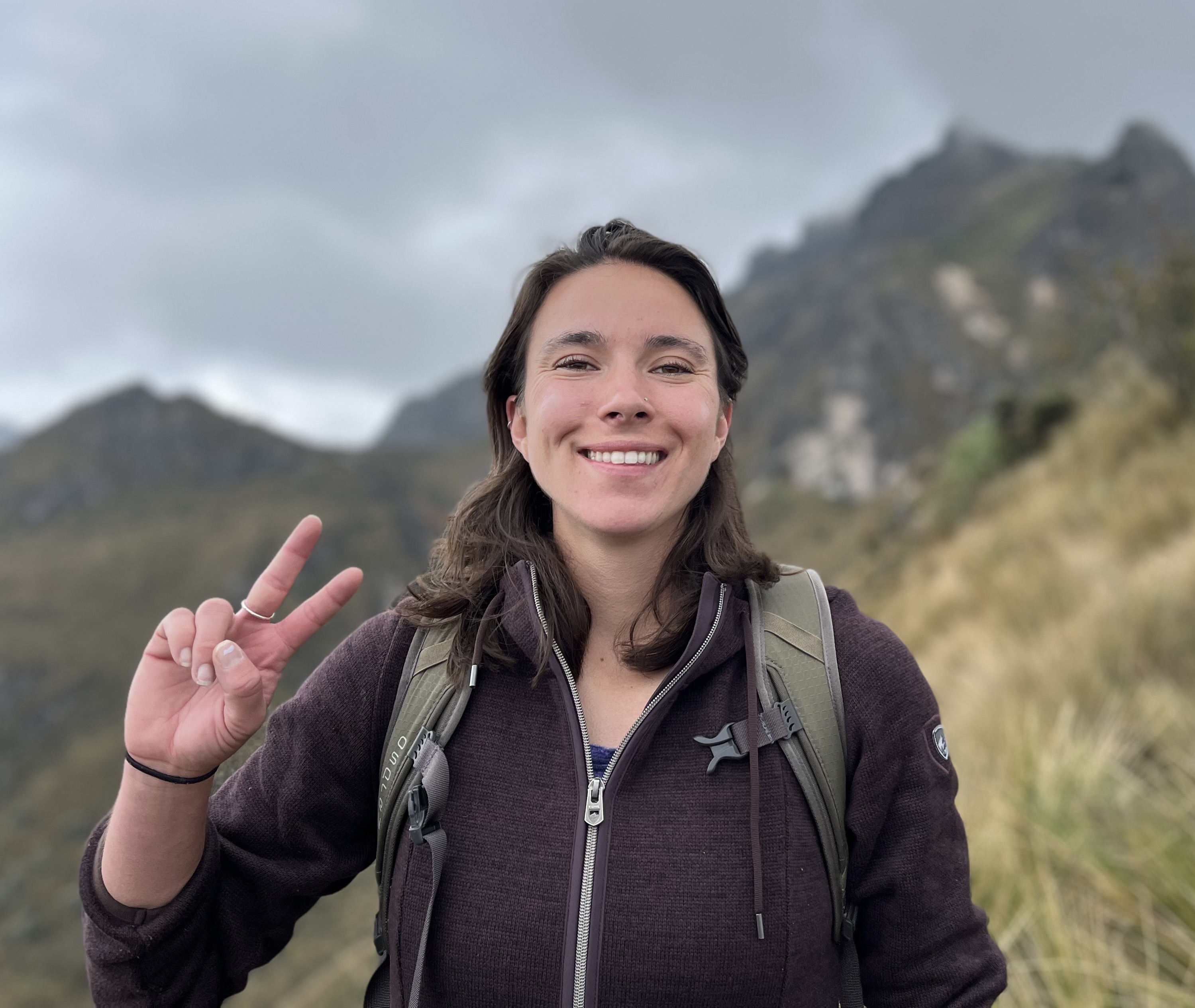
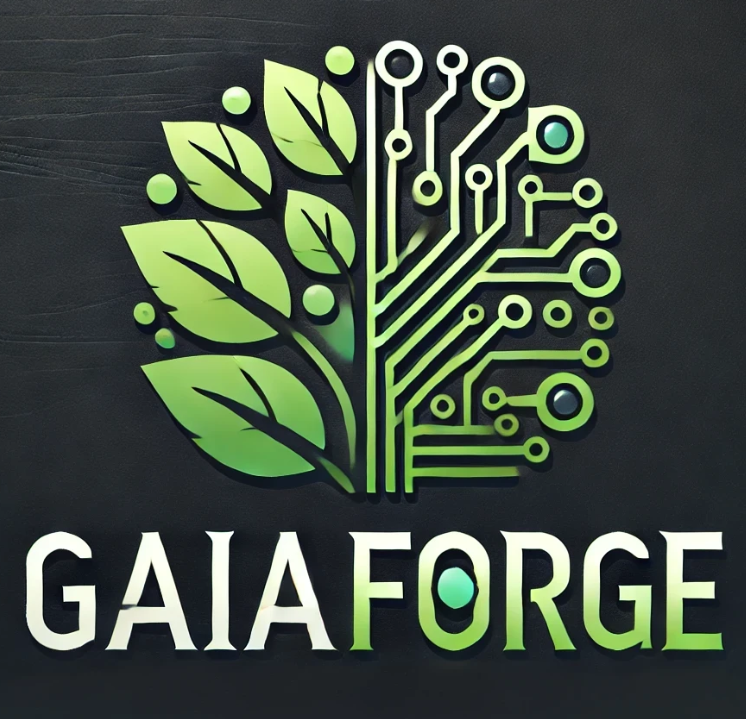










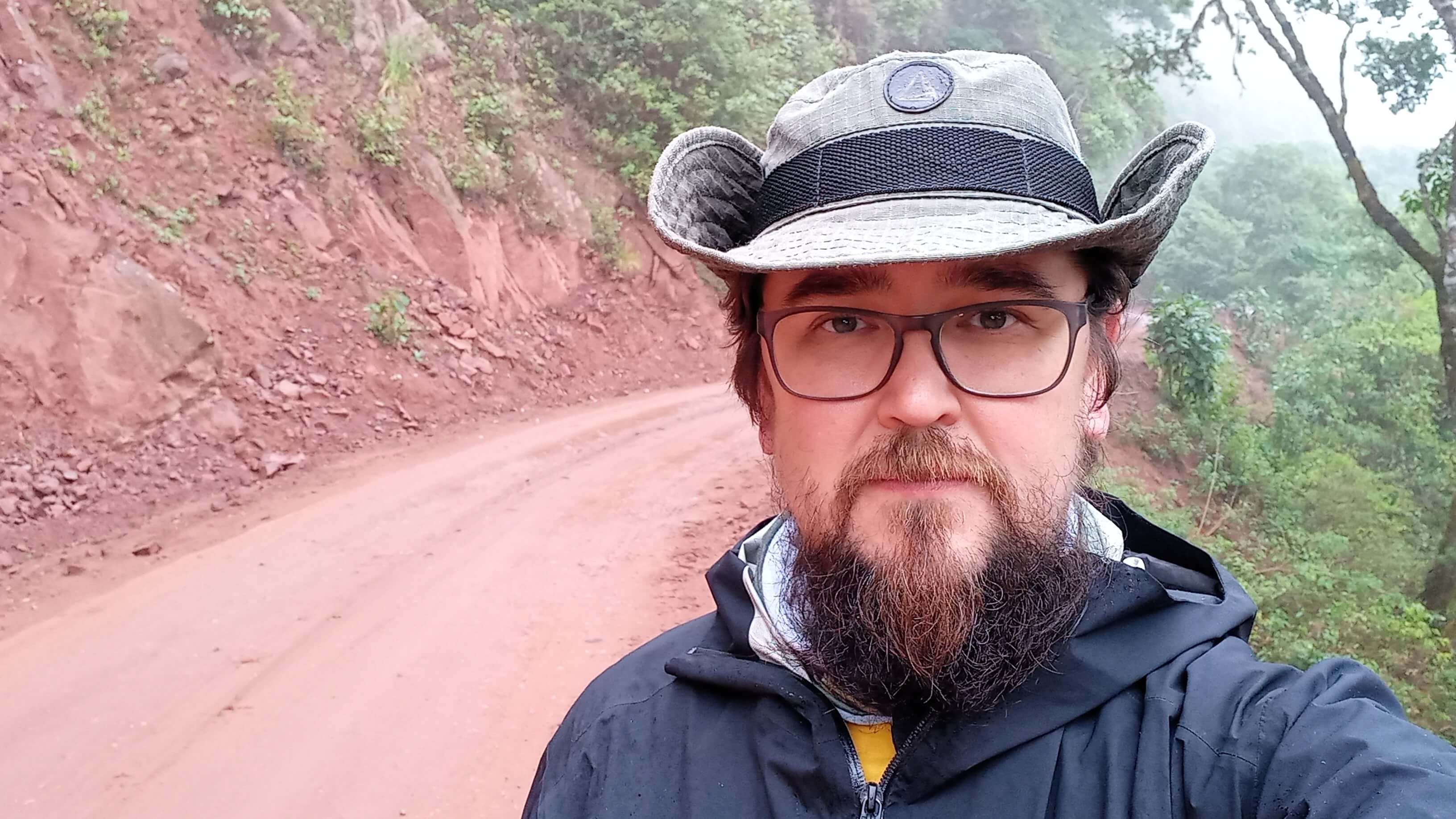
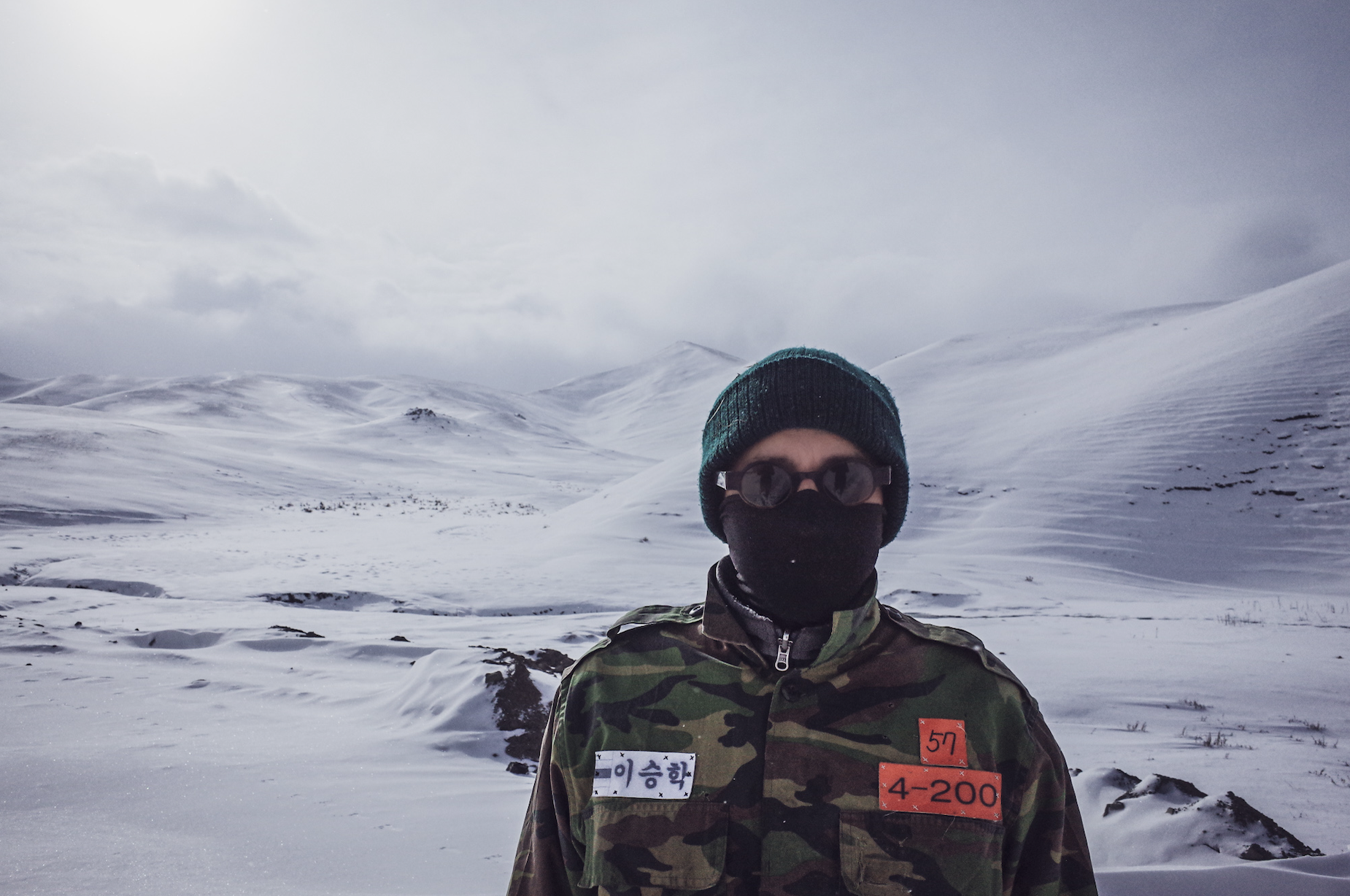









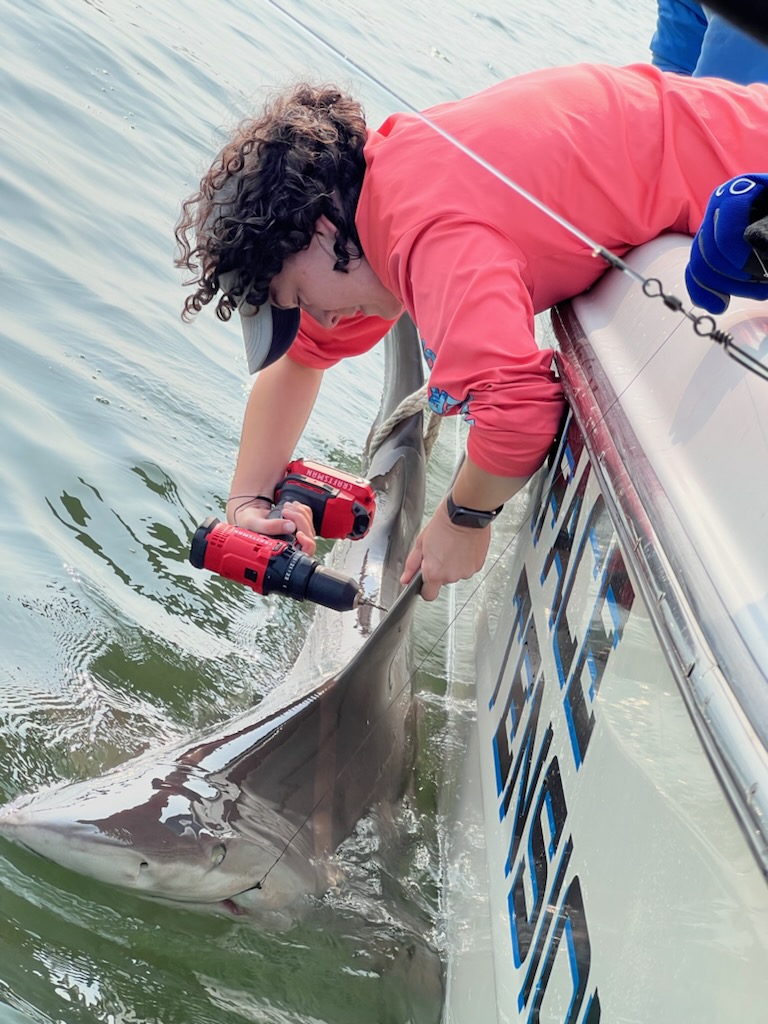
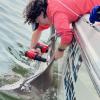
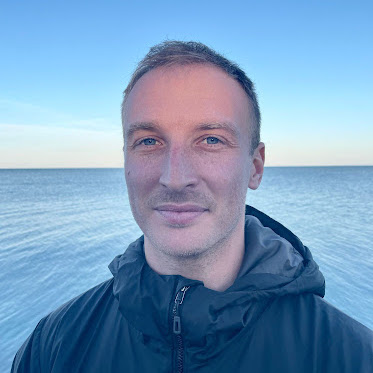


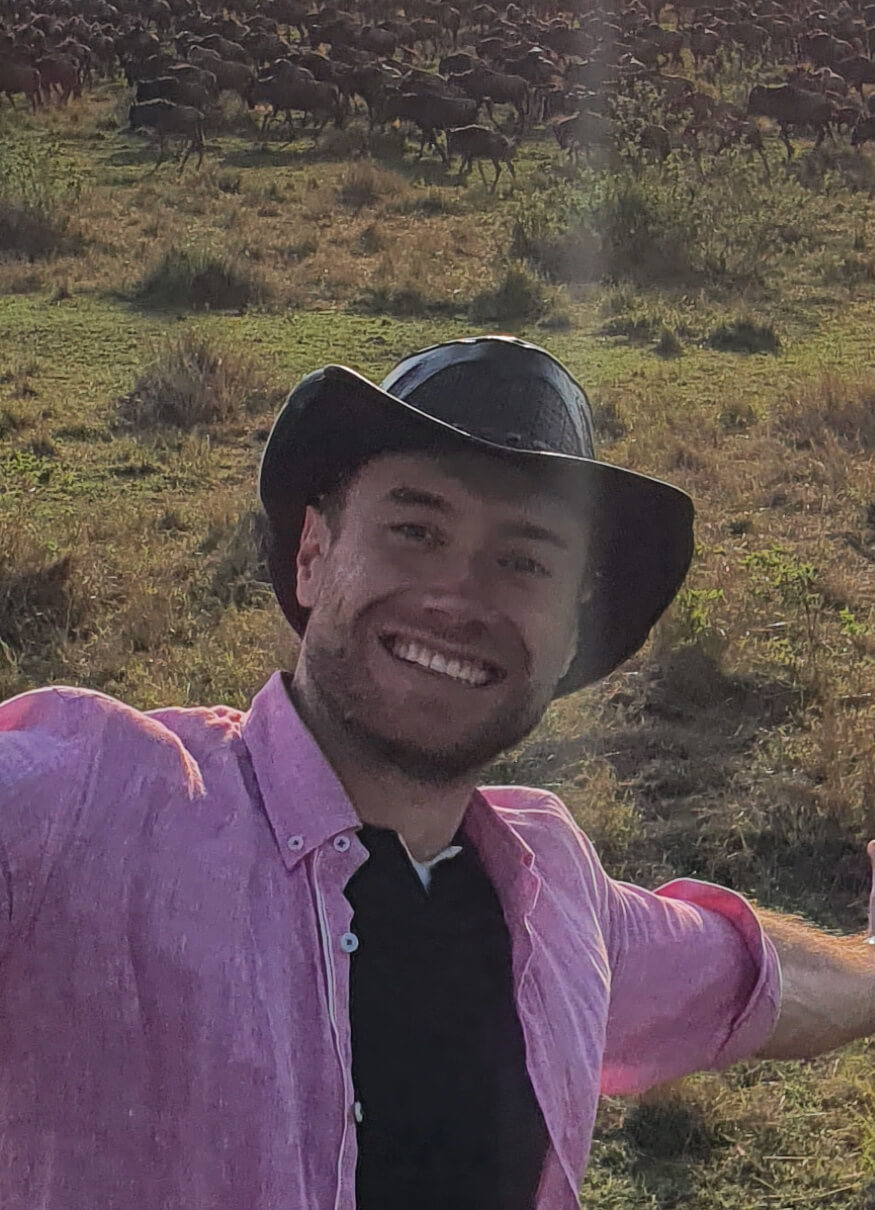





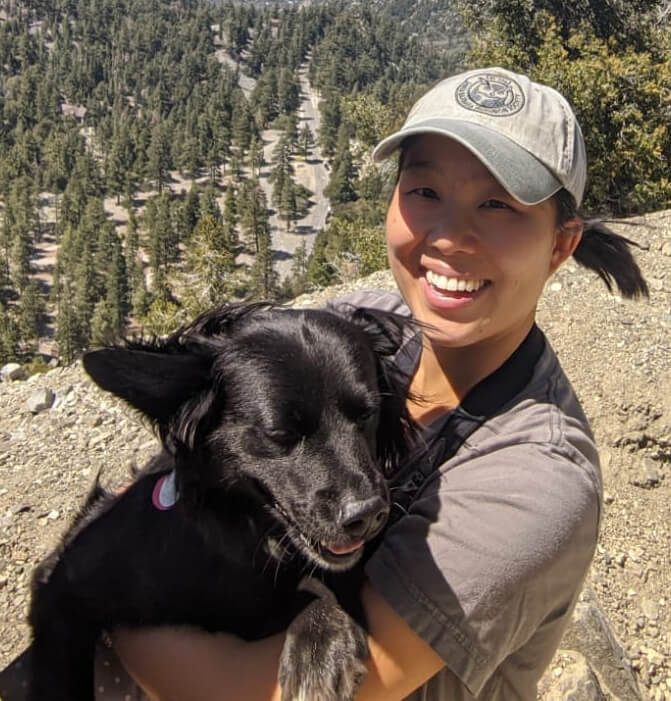








22 March 2024 9:48am
Hi @lucianofoglia
Thanks for sharing your thoughts with the community. What you've touched on resonates with a number of users and developers (looking at you @Rob_Appleby) who share similar concerns and are keen to address these issues.
As a beliver in open sourcing conservation technologies, to mitigate issues you've noted (maintenance of technologies / solutions, repairability, technical assistance to name but a few), really the only way to achieve this in my eyes is through the promotion of openness to enable a wide range of both technical and non-technical users to form the pool of skills needed to react to what you have stated. If they can repair a device, or modify it easily, we can solve the waste issue and promote reusability, but first they need access to achieve this and commerical companies typically shy away from releasing designs to protect against their IP that they keep in house to sell devices / solutions.
I would think for an organisation to achieve the same the community would need to help manufacturers and developers open and share hardware designs, software, repairability guides etc, but the reality today is as you have described.
One interesting conversation is around a kitemark, i.e a stamp of approval similar to the Open Source Hardware Association's OSHWA Certification), but as it's not always hardware related, the kitemark could cover repairability (making enclosure designs open access, or levels of openness to start to address the issue). Have a look at https://certification.oshwa.org/ for more info. I spent some time discussing an Open IoT Kitemark with http://www.designswarm.com/ back in 2020 with similar values as you have described - https://iot.london/openiot/
You may want to talk more about this at the upcoming Conservation Optimism Summit too.
Happy to join you on your journey :)
Alasdair (Arribada)